
Bianca Koper
(Bachelor of Sport and Recreation, Sport and Exercise Science)
Note — The article was checked and updated January 2023.
The best fuel for HIIT is a mix of easy-to-digest carbohydrates and protein taken at least an hour before a workout.
Whole grain cereal mixed with fruit and yogurt is a convenient and fast to make meal that will fill up the glycogen stores and ensure that you have enough energy to power through your session.
Previously, we have discussed about How to Build our Successful Diet. Today, building on those foundations, we will take a bold step further and talk about training.
What is HIIT?
High Intensity Interval Training is where short bursts of maximal physical effort are paired up with recovery periods. Training bursts can last anywhere from 20 seconds to 3 minutes. This is shown through working at 80% or higher of your maximal heart rate.
The recovery period is straight after, being close to the same amount of time or twice of the training period.[1]
This structure allows enough physiological stress on your body, that when paired up with the recovery time, it creates beneficial adaptations. It has the same benefits as standard aerobic exercises, which stimulate and strengthen the heart and lungs (e.g. running, strength training).
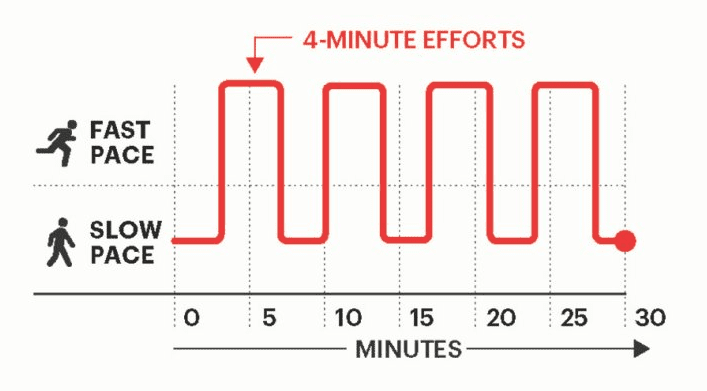
HIIT benefits include effective weight loss, improved cardiovascular health, increased endurance levels, increased levels of human growth hormone, enhanced blood quality, improved mood and brain function and reduced cortisol levels (stress hormone).[1]
How do I fuel my body for HIIT?
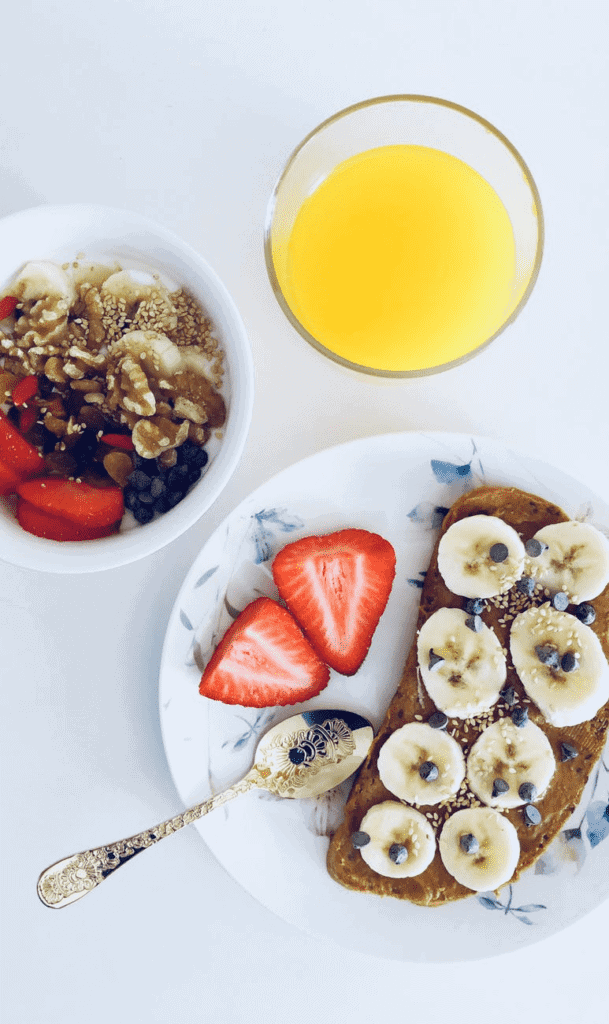
Because we are doing short bouts of exercise at maximal effort, the majority of our energy/fuel will come from stores in our muscles.
That fuel is called glycogen. Our body will use up all of our glycogen stores before moving to fat as an energy source. Because of this, we want to be eating mainly carbohydrates before our HIIT workout.[1]
Within your pre-exercise nutrition, alongside carbs, you will also want to include protein.
Protein will supply the body with amino acids that will help manage inflammation of soft tissue and muscle synthesis (re-building of muscles after exercise).[1]
RELATED — What are Amino Acids and what is their role in keeping us healthy?
Different studies show different results when seeing the effects of pre-exercise meals. Depending on your body, you can eat anywhere between 30 minutes to 2 hours before your workout.
This allows enough time to deliver amino acids and other key nutrients to the muscle, preparing it for optimal performance.[2]
Examples of pre-workout nutrition
Any type of fruit or starchy carbohydrate will be perfect for your body in preparation for HIIT. Try adding in a small amount of protein source through yogurt, nuts or seeds.
Below are examples of smaller snacks for those who feel better working out on a lighter stomach, and bigger meals for those who really want to fuel up.
Smaller snacks | Bigger meals |
– Banana – Yogurt with fruit – Smoothie – Dry fruit and nut mix
| – Porridge – Chia seed pudding with fruit – Whole grain toast with peanut butter (add extras e.g. banana or jam) – Eggs on toast – Healthy pancakes (banana + oats) |
RELATED — Diet and Performance: High-Carb or Ketogenic Diet?
Important to mention is that you stay hydrated before, during and after the exercise. This is why we suggest reading Water vs Sports Drinks.
Now – Get ready to reach a new personal best and set some records!
Join us… it’s free… and become a part of our healthy and knowledgeable community by Subscribing to our Newsletter. That way, you will always be informed when a new article, regarding your favorite topics will be published.
Remember:
If you haven’t already, please speak to your GP about your concerns to rule out any serious issues that may contribute to the symptoms you are experiencing. Also, ask for an appointment with a Dietitian who can safely guide you through dietary changes.
References
(1) Barrett, Steve. The HIIT Bible : Supercharge Your Body and Brain, Bloomsbury Publishing Plc, 2017.
(2) Kerksick CM. Nutrient Timing : Metabolic Optimization for Health, Performance, and Recovery. CRC Press; 2012.

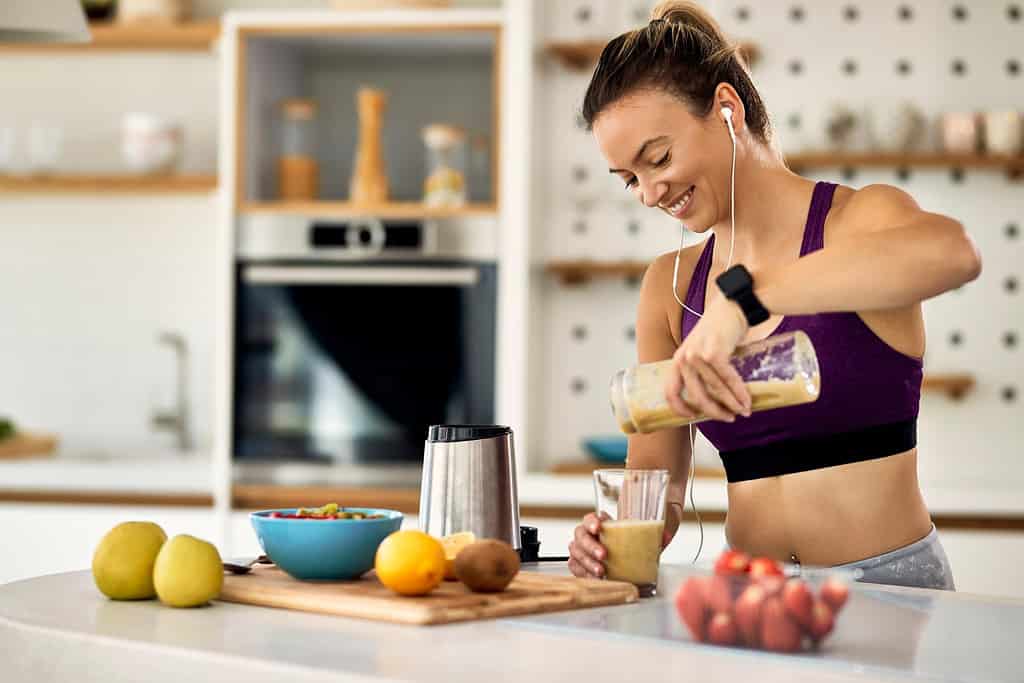
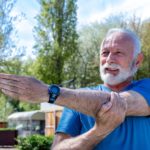

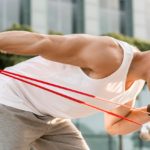

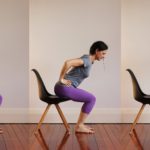
Thank you. Learnt a lot!